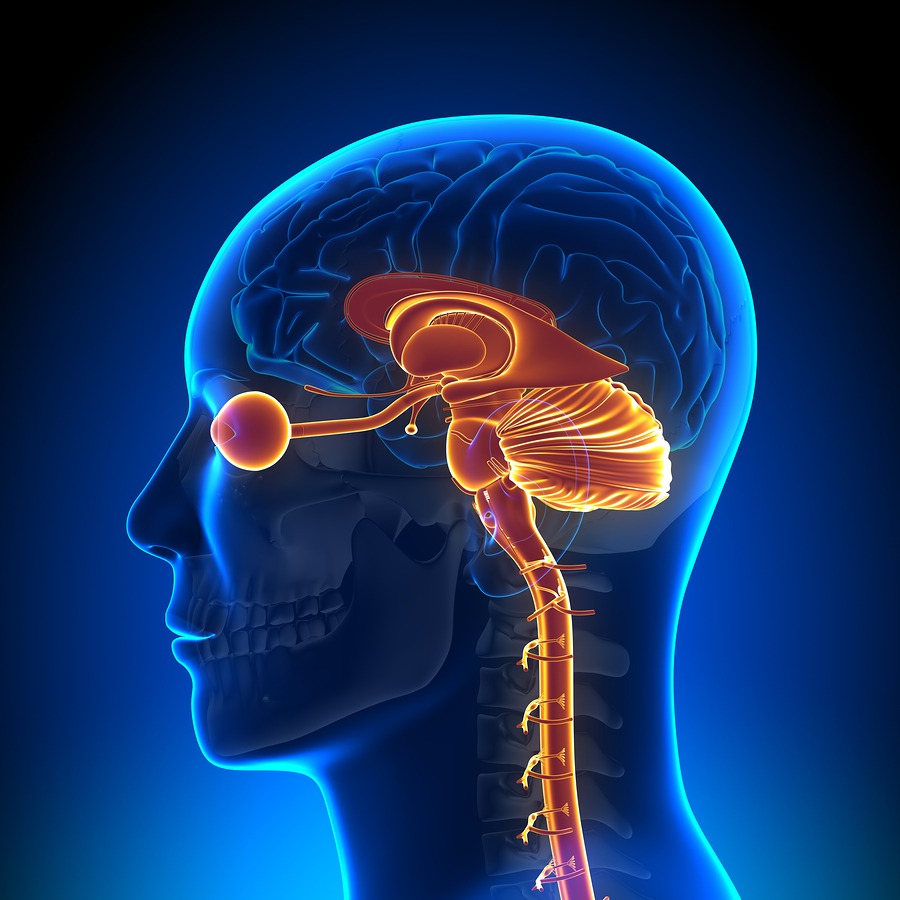A noted Chicago area optometrist’s longtime contention that the eye’s retina reflects a person’s overall health, including that of the brain and the body’s major internal regulatory processes, such as skeletal, autonomic, endocrine, and limbic systems, has again been scientifically supported – this time by a study published in a March 2023 issue of PLOS Genetics.
Deborah Zelinsky OD, founder and research director of the Mind-Eye Institute (www.mindeye.com) in Northbrook, Illinois, says scientists have found that genes associated with eye pigmentation also regulate an important metabolic pathway, which is involved in human health and, when disrupted, can promote development of certain retinal and brain-related (neurodegenerative) disorders. An imbalance of toxic and protective metabolites within this metabolic pathway – the Kyurenine pathway – affects the retina and the brain, the study authors indicate.
“The findings are not surprising. The study represents another crucial step in our understanding of the significance of the retina as a part of the central nervous system,” says Dr. Zelinsky, who is internationally renowned for her research and clinical work in visual processing.
During a recent presentation at the World Pharma 2023 Conference, held in March, Dr. Zelinsky explained how many neurotransmitters, like dopamine, acetylcholine, serotonin, and glutamate, are found in the retina. Any imbalances in these elements can lead to a variety of symptoms, including sleeping problems; learning, concentration, and memory difficulties; and/or biochemical disorders, like depression, anxiety, mood dysregulation, and schizophrenia, she says.
In a 2022 issue of the journal Frontiers, authors call the eye a “uniquely accessible window that allows direct visualization of neuro-vasculature using non-invasive imaging modalities… Many neurodegenerative conditions that involve the brain and spinal cord have ocular manifestations.”
“We are learning much more about the retina at the molecular level,” Dr. Zelinsky states. She points to two other recently published retinal studies, one in a March edition of Nature and the other in a February Science Signaling journal.
In the Science Signaling article, authors report using light to stimulate an enzyme – Akt2 – which offers neuroprotection to stressed photoreceptor cells in the retina. “Akt2 plays a vital role in initiating glycolysis, [a process that] involves breaking down glucose to produce energy, and nucleotide metabolism, which [synthesizes or breaks down] DNA and RNA,” the investigators write. The Nature article examines the “ultrafast” molecular processes that occur in the retina when light flashes on it.
The Mind-Eye Institute’s team uses therapeutic eyeglasses, filters, and other optometric interventions to vary the amount, intensity, and angle of light on the retina. Retinal cells generate electrical signals, which propagate through neurons and interact with critical brain structures. These signals affect not just the visual cortex for eyesight but other, significant regions of the brain as well, like the limbic system, the cerebellum, midbrain, thalamus, hypothalamus, and brainstem.
“The right mix of prescriptive lenses, filters and prisms affects the spatial and temporal distribution of light on the retina, thereby modifying the dynamic relationship between the mind’s visual inputs and the body’s internal responses. The implication is that this retinal stimulation can intentionally promote customized changes in a patient’s basic physical, physiological, and even psychological systems involved in metabolism motor control, posture, mood, circadian rhythms, and decision-making abilities,” Dr. Zelinsky indicates.
Indeed, these “customized changes” to the brain are what oftentimes bring relief to patients experiencing the headaches, brain fog, concentration and attention problems, sleep disorders, and concentration difficulties due to brain injury or neurological abnormalities and disease, Dr. Zelinsky notes.
That light can be a trigger for retinal processes impacting human health is becoming increasingly understood. In November 2022, the journal Diabetologia carried an article suggesting exposure to outdoor artificial light at night increases the risk of developing diabetes. And a March 23 published study, conducted by Northwestern University (Chicago) researchers, indicated indoor lighting, including that which emanates from computer and mobile phone screens, is associated with a higher risk for gestational diabetes mellitus in pregnant women.
“Research continues to show that retinal stimulation using light represents a powerful approach to early indication and diagnosis of human disease,” Dr. Zelinsky states. “The eye is linked to numerous neural processes and systems in the body, which is why retinal stimulation through advanced optometry is quickly becoming a promising method for modulating brain function at the cellular level.”

Research
Latest Studies Underscore Role of Retina in Overall Health
Mind-Eye Founder Says Light Can Affect Brain, Body’s Internal Systems
